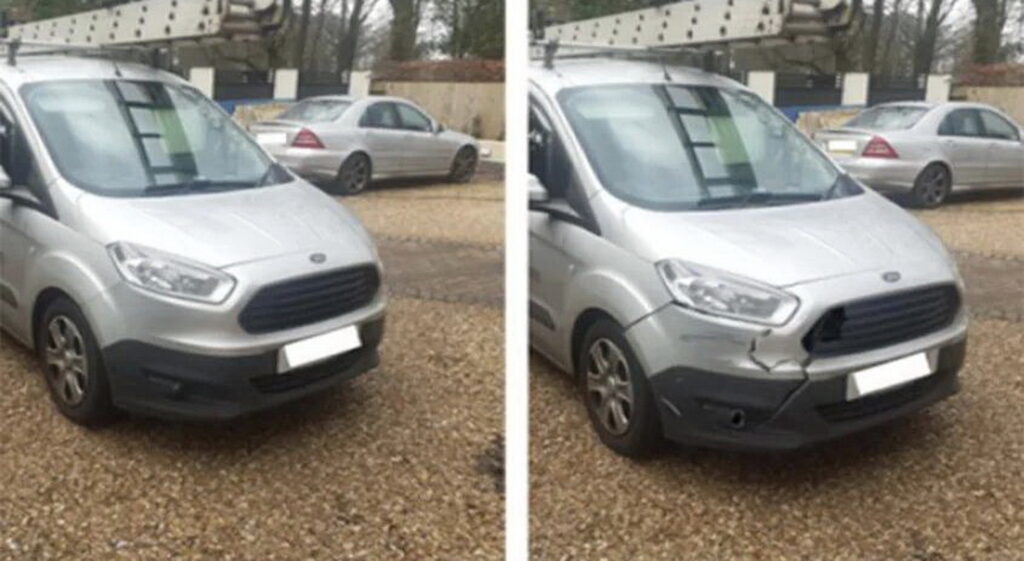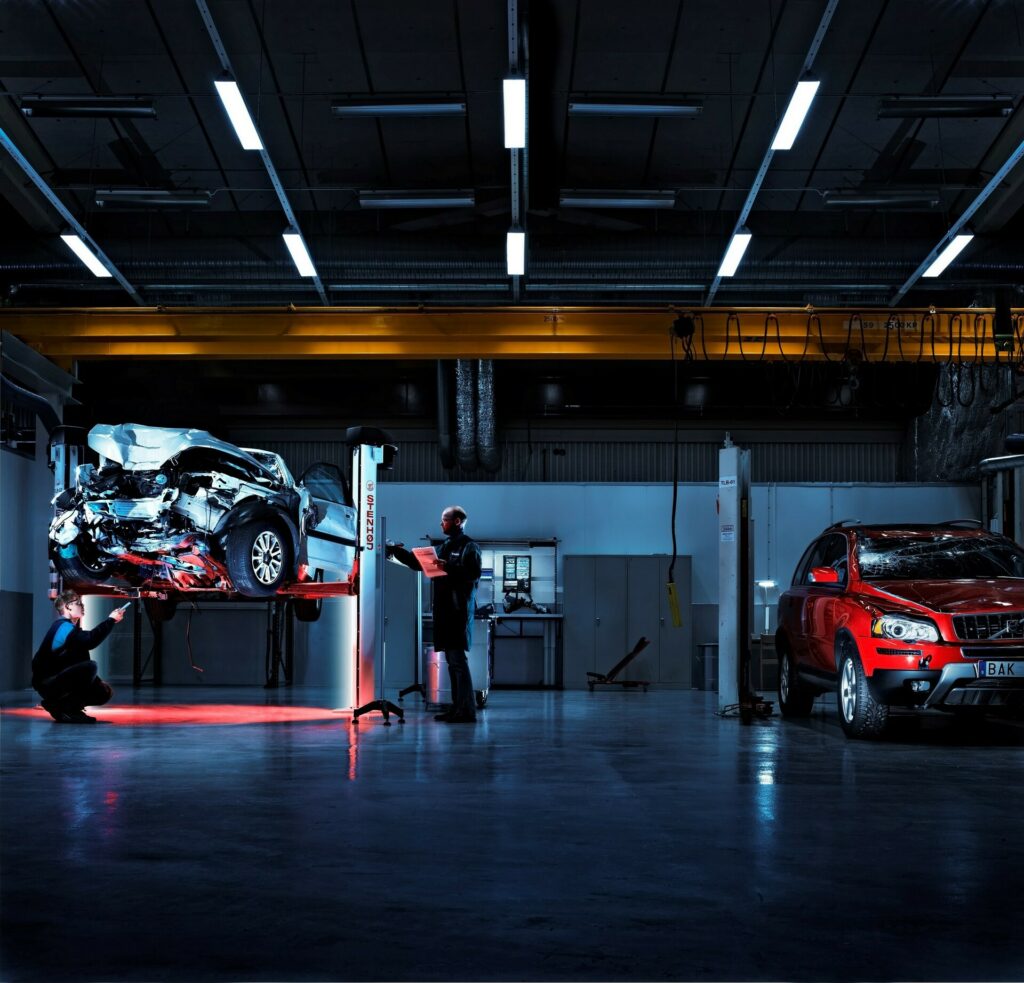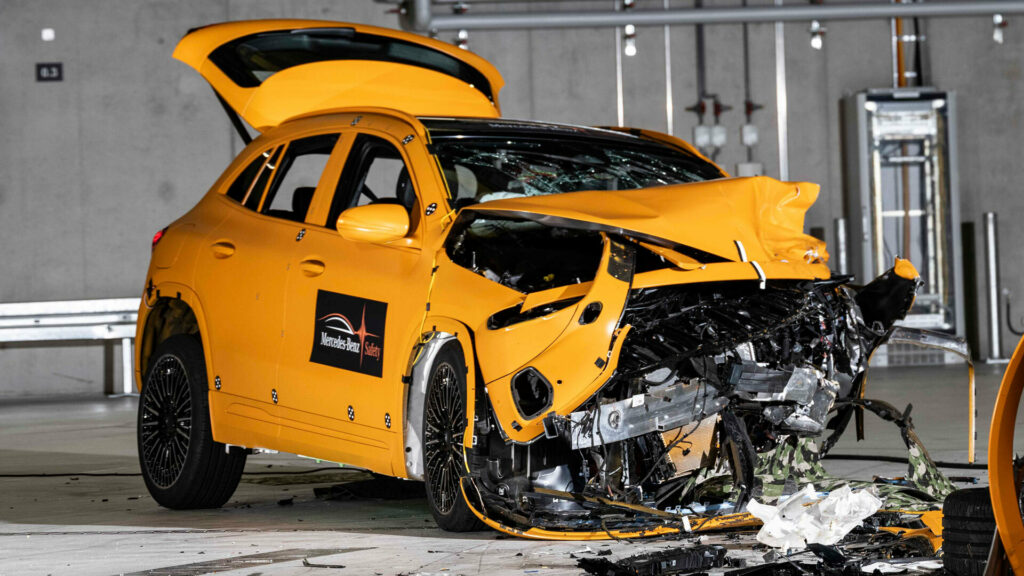- Scammers are turning to photo editing software to fake damage from supposed accidents.
- The manipulated photos are then used to file an insurance claim.
- One company has seen a 300% increase in the submission of edited photos.
Photo editing software is more powerful than ever before and a number of programs now use advanced artificial intelligence technology. However, like most technologies, it can be used for good or bad.
Scammers have reportedly embraced photo editing software as The Guardian is reporting a “surge” in fraud cases involving manipulated photos. In one incident mentioned by the publication, LV= received a photo of a van that had been edited to show a damaged front bumper. It was accompanied by a fake invoice, claiming the vehicle required more than £1,000 ($1,256 / €1,165) in repairs.
More: 5 Californians Accused Of Staging Car Crash In $30k Insurance Scam
When looking into the issue, the company’s fraud team discovered the image was fake after they found the original on social media. If LV= hadn’t investigated, it’s possible the scammer could have been paid for an accident that never happened.
This doesn’t appear to be an isolated incident as Allianz and Speedclear revealed “cases where apps were used to distort real-life images, videos and documents increased by 300% from 2022 and into 2023.” The firm also said image manipulation has “all the signs of becoming the latest big scam to hit the insurance industry.”

Addressing this is relatively straightforward, but labor intensive as insurers could demand more proof or access to the supposedly damaged vehicle. However, that’s not convenient for either customers or insurers.
While scams and frauds are a fact of life, they drive up insurance costs for everyone. Here, in the United States, car insurance rates rose 22.2% in the past year for one of the biggest increases in nearly five decades. This wasn’t related to the aforementioned scam, but was the result of a variety of factors including increasingly complicated vehicles, supply chain issues, and a shortage of mechanics.





